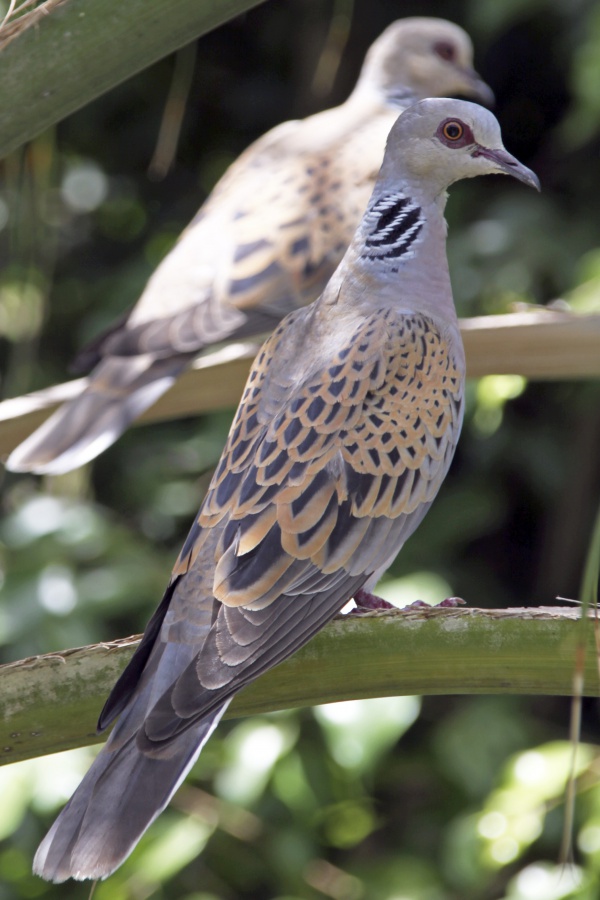Facts About European turtle dove
The European turtle dove, a member of the Columbidae family, spends its summers in the southwestern Palearctic and winters in northern sub-Saharan Africa. First described by Carl Linnaeus in 1758, this bird was originally classified in the genus Columba but was later reclassified into Streptopelia. There are four recognized subspecies of the European turtle dove.
The term "turtle" in its name is unrelated to the reptile. Instead, it derives from the Latin word that emulates the bird’s song. Compared to other doves, the European turtle dove is smaller and lighter, characterized by a distinctive black-and-white-striped patch on its neck and a wedge-shaped tail. Its plumage varies between adults and juveniles.
This migratory bird inhabits regions across Europe, the Middle East, and parts of Africa, migrating south of the Sahara for the winter. It favors open woodlands and forages on the ground. Unfortunately, the European turtle dove is facing a precipitous decline in population throughout Europe. Major threats include habitat loss, climate change, hunting, and competition with other species.
Conservation efforts are underway to protect the European turtle dove. There are significant concerns regarding hunting practices in Mediterranean countries and alterations in agricultural methods that affect its food sources. The rapid decline in turtle dove populations has garnered the attention of environmentalists and conservation organizations, prompting calls for stronger protective measures and conservation initiatives to ensure the survival of this iconic bird species.

 Syria
Syria